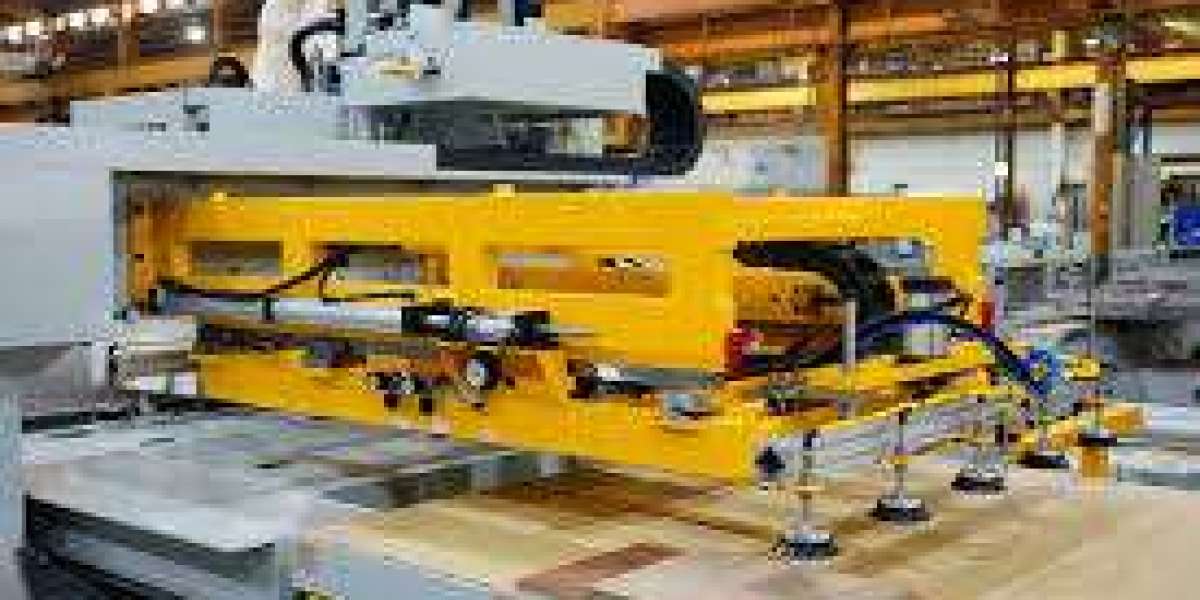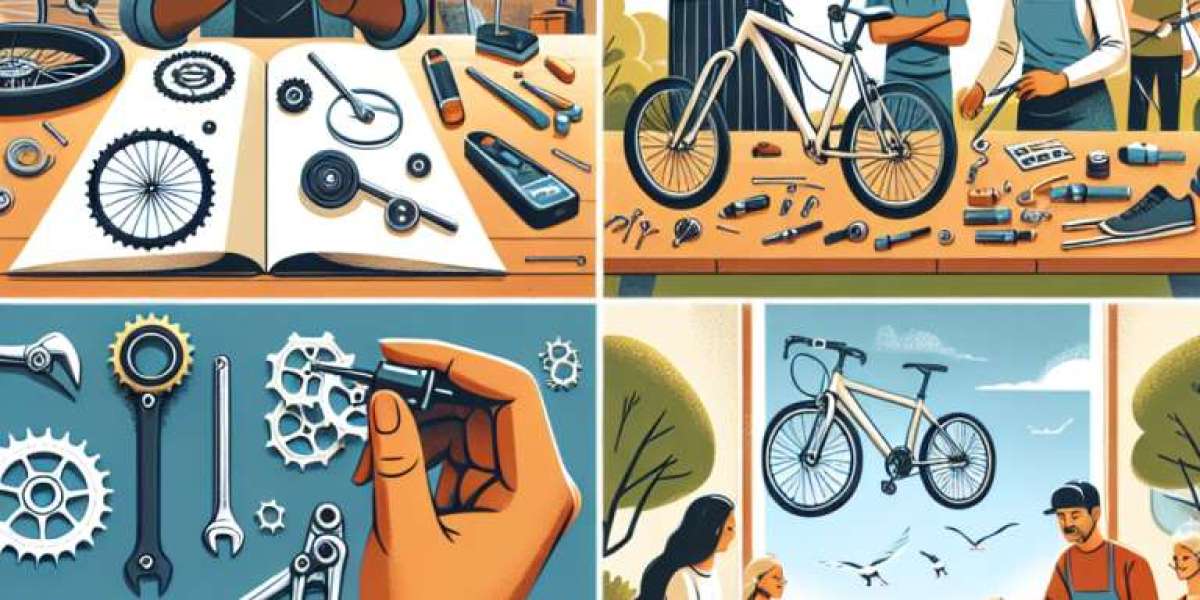Tolerances in CNC machining define how much variation is allowed between a part's actual dimensions and its design specifications.
They play a critical role in ensuring functional fit, mechanical performance, and assembly reliability. Whether you're producing aerospace parts, medical components, or high-precision tools, understanding how tolerances affect design and production is essential.
This guide breaks down what CNC tolerances are, how they’re specified, and how they impact cost, lead time, and manufacturing complexity.
What Are Tolerances in CNC Machining?
Tolerances indicate acceptable limits of dimensional variation in manufactured parts.
They define how closely the finished part must match the design drawing.
For example, if a shaft’s diameter is specified as Ø10.00 mm ±0.05 mm, the acceptable range is 9.95 mm to 10.05 mm. Anything outside this range may result in the part being rejected or causing fitment issues during assembly.
Types of tolerances include:
Linear tolerances (length, width, diameter)
Angular tolerances (angles between surfaces)
Geometric tolerances (flatness, concentricity, parallelism)
Surface finish tolerances (roughness in µm or Ra)
Why Do Tolerances Matter?
Tolerances are crucial for parts that must interact with other components, especially in high-performance or safety-critical applications.
Improper tolerances can lead to:
Loose fits or binding
Premature wear or failure
Excessive vibration
Assembly rejection
Product recalls
On the other hand, overly tight tolerances may increase cost, machine time, and scrap rate without adding real functional value. Understanding the balance is key.
Common Tolerance Ranges in CNC Machining
The achievable tolerance depends on material, machine type, tool wear, and part complexity.
Standard tolerance capabilities:
| Process Type | Typical Tolerance (mm) | High Precision Tolerance (mm) |
|---|---|---|
| CNC Milling | ±0.10 mm | ±0.005 mm |
| CNC Turning | ±0.05 mm | ±0.002 mm |
| Grinding | ±0.01 mm | ±0.001 mm |
| Wire EDM | ±0.01 mm | ±0.002 mm |
For rotational parts or threaded components, explore CNC turning services where tighter concentricity and diameter tolerances are often required.
Types of Tolerances and Their Definitions
1. Unilateral Tolerances
Variation is allowed only in one direction (e.g., +0.000/-0.010 mm)
2. Bilateral Tolerances
Variation allowed in both directions (e.g., ±0.005 mm)
3. Limit Dimensions
Upper and lower bounds are explicitly stated (e.g., 9.98–10.02 mm)
4. Geometric Dimensioning & Tolerancing (GD&T)
Specifies tolerances for form, orientation, location, and runout. Examples:
Flatness: Maximum allowable deviation from a perfectly flat plane
Parallelism: Distance between two surfaces that should remain parallel
Concentricity: Axis alignment between circular features
True position: Exact location of holes or features relative to datums
GD&T improves design intent clarity and is widely used in aerospace, automotive, and precision manufacturing.
How Tolerances Affect Manufacturing Cost
The tighter the tolerance, the higher the cost.
This is due to increased machine time, tool wear, setup precision, and inspection requirements.
Key cost drivers:
Tighter tolerances require slower feed rates and more frequent tool changes
Special fixturing and jigs may be needed to maintain alignment
More passes and finer tools may be used to reach final dimension
Advanced inspection equipment like CMMs must verify critical dimensions
For example:
A standard ±0.1 mm tolerance may be 30–40% cheaper to produce than ±0.01 mm
A part requiring ±0.005 mm may require climate-controlled machining environments and specialized tooling
Always define the tightest tolerances only where absolutely necessary.
Designing with Tolerances in Mind
Design engineers should balance function with manufacturability.
Best practices:
Use standard fits and tolerances (e.g., ISO, ANSI) for shafts, holes, and mating parts
Apply tighter tolerances only to critical features
Avoid stacking multiple tight tolerances in assemblies
Work with your machinist to determine feasible tolerances based on the material and design
Use GD&T to specify functional requirements, not just arbitrary precision
Material Considerations
Different materials react differently to machining and affect the achievable tolerances.
| Material | Machinability | Typical Tolerance Stability |
|---|---|---|
| Aluminum | Excellent | High |
| Brass | Excellent | Very High |
| Stainless Steel | Moderate | Medium |
| Titanium | Poor | Low |
| Plastics (e.g., PEEK, Nylon) | Good | Low due to thermal expansion |
Thermal expansion, tool deflection, and part warping are more common in plastics and thin-walled metals. Compensating for material behavior is part of holding tight tolerances.
Tolerances in CNC Turning
CNC turning is often used for parts with round geometries, shafts, bushings, and threads—where tolerance control is critical.
Typical tolerance features in turning include:
Outer diameters (OD)
Inner diameters (ID)
Thread pitch and depth
Roundness and runout
Advanced CNC turning services use live tooling, C-axis control, and in-process gauging to ensure these tolerances are met consistently in production environments.
Inspection and Quality Control
Accurate measurement tools and inspection methods are required to verify CNC tolerances.
Common metrology tools:
Micrometers for external dimensions
Calipers for quick measurements
Height gauges for flatness and parallelism
Coordinate Measuring Machines (CMMs) for 3D inspection
Optical comparators for profile analysis
In regulated industries like aerospace and medical, full inspection reports and Statistical Process Control (SPC) are often required for traceability.
Summary: What You Need to Know About CNC Tolerances
| Factor | Consideration |
|---|---|
| Definition | Allowable variation from design dimension |
| Common Tolerances | ±0.05 mm to ±0.001 mm |
| Tighter Tolerance = Cost | More tool time, inspection, and precision |
| GD&T | Describes form, location, and orientation |
| Best Practice | Apply only where functionally necessary |
| Inspection Methods | CMM, calipers, probes, micrometers |
Final Thoughts
Understanding tolerances in CNC machining isn’t just for engineers—it’s essential for anyone involved in product development, quality control, or manufacturing strategy.
When used correctly, tolerances ensure parts function properly, fit together seamlessly, and last longer in operation. When misapplied, they increase costs and reduce manufacturability.
Whether you’re developing tight-fitting aerospace components or high-precision medical tools, defining the right tolerances can make or break your project.
To ensure your parts are machined with the precision they require, consider partnering with experienced CNC turning services capable of meeting strict dimensional standards and quality expectations.



